The Quantified Patient in the The Doctor's Office
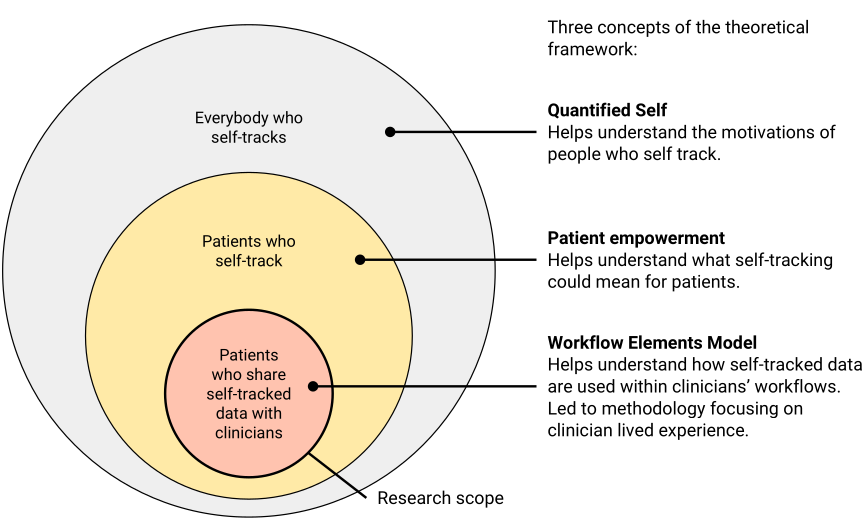
My PhD thesis has just been published. Below is a synopsis. Find the thesis here.
Read moreMaking a binary from Node.js scripts
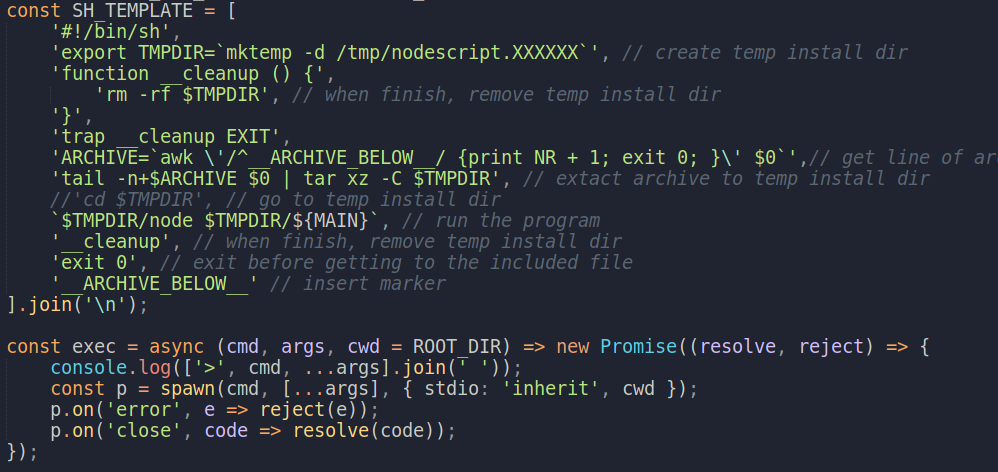
I often find myself needing to package a Node.js project as a single binary file, i.e. turn the source tree into a single self-executable file.
Read moreCreating a BibTeX Parser and Tidy tool
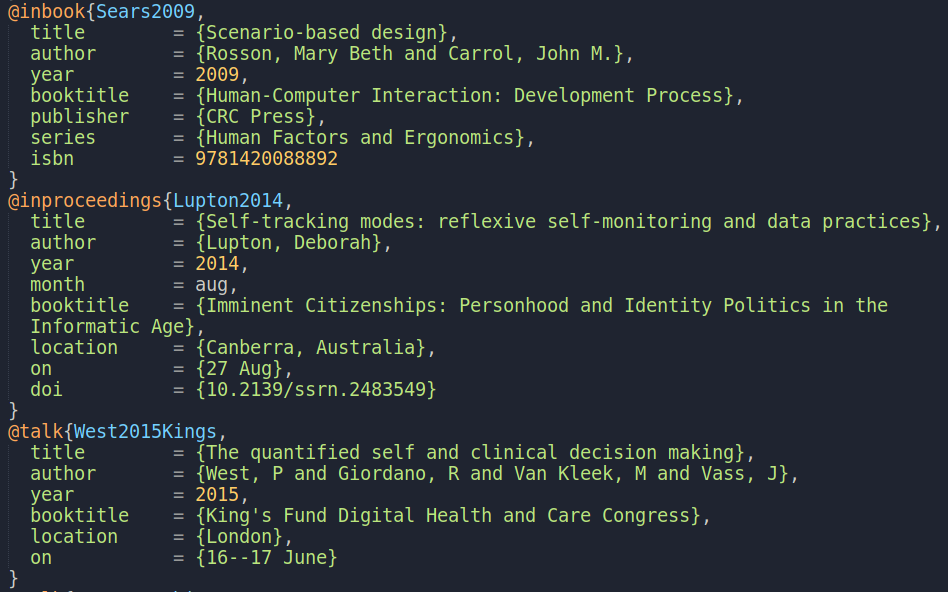
BibTeX bibliographies of hundreds of references are a nightmare to maintain. They end up messy, because there is no standard for BibTeX whitespace amongst publication citation exporters, and full of often unneeded metadata, such as ACM IDs or pubmed IDs.
Read moreSkype's UX security vulnerability

I woke this morning to people emailing me that I've been sending them spam links via Skype. My account had been compromised. How had this happened?
Read moreCDT Students research trip to China
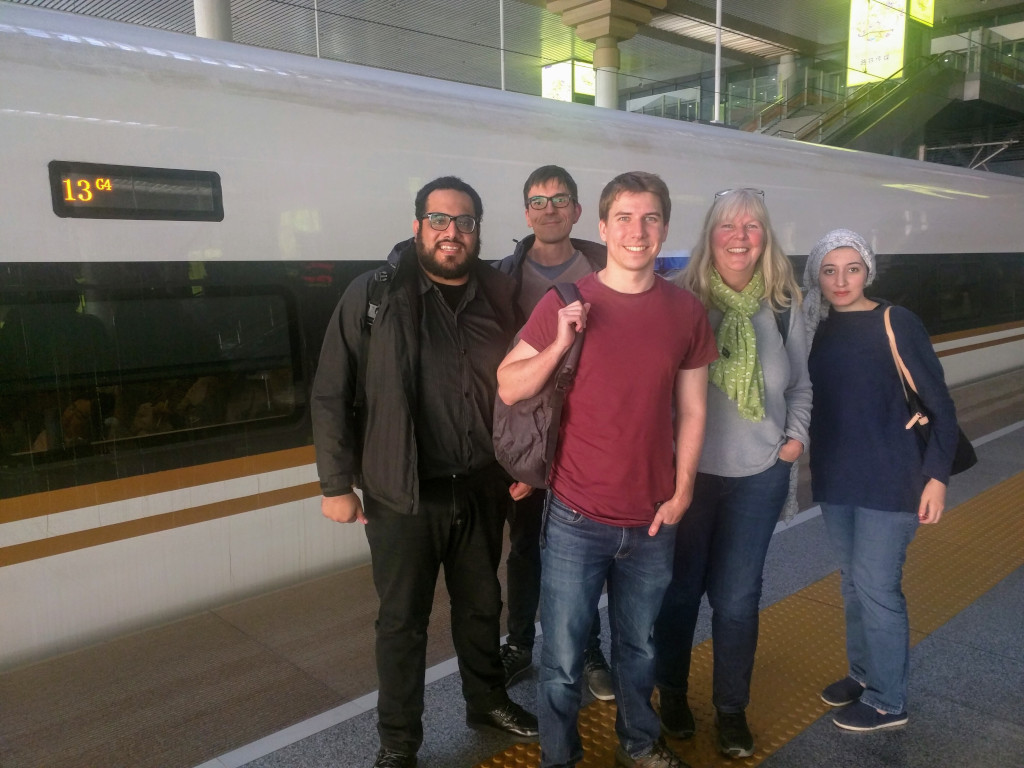
A group of students were invited to participate in a two day workshop at the Nanjing University of Science and Technology, China, between 30 October and 3 November 2018.
Read moreWhere could distributed ledger technology be a good fit for government?
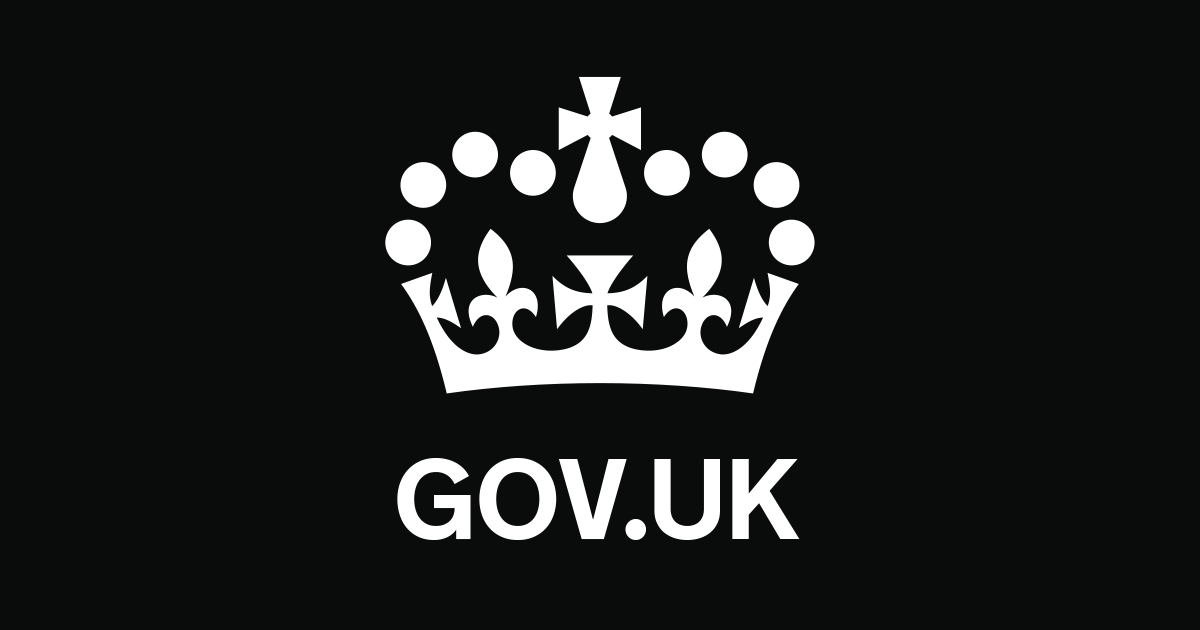
In an earlier blog post we explained how distributed ledger technology (DLT) can provide transparency and accountability. In this post we’re going to take a closer look at how to decide whether DLT might be a good fit for a policy problem.
Read moreConsumer Health Tech and The More Informed Patient

More patients than ever are using consumer health devices, such as Fitbit and Apple Health. Half of us use a health app and 3 million Fitbits were sold in Q1 2017. Consumer health devices can monitor heart rate, physical activity, sleep, mood, and many other aspects of a individual’s health. By using these devices patients are becoming more informed about their health.
Read moreIs distributed ledger technology the answer?

The growing cryptocurrency market has given distributed ledger technologies (in particular, blockchains) momentum throughout industry. There is growing enthusiasm for using these technologies within governments for identity, criminal evidence chains, and energy trading.
Read moreDisruption and Innovation to Workforces in the Information Age
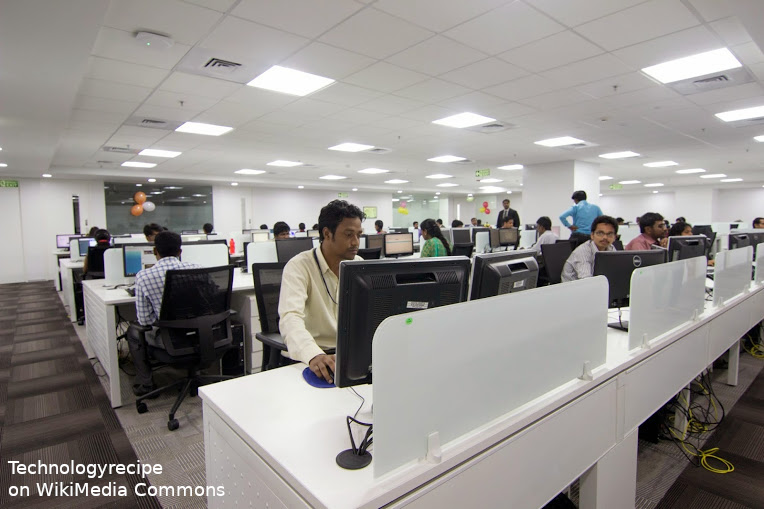
The information age has brought rapid innovation to the creation, management, and distribution of information. Now, organisations need to spend time thinking about whether to adopt new technologies to improve their effectiveness. But it is often unclear how these technologies disrupt work practices.
Read moreChina research trip
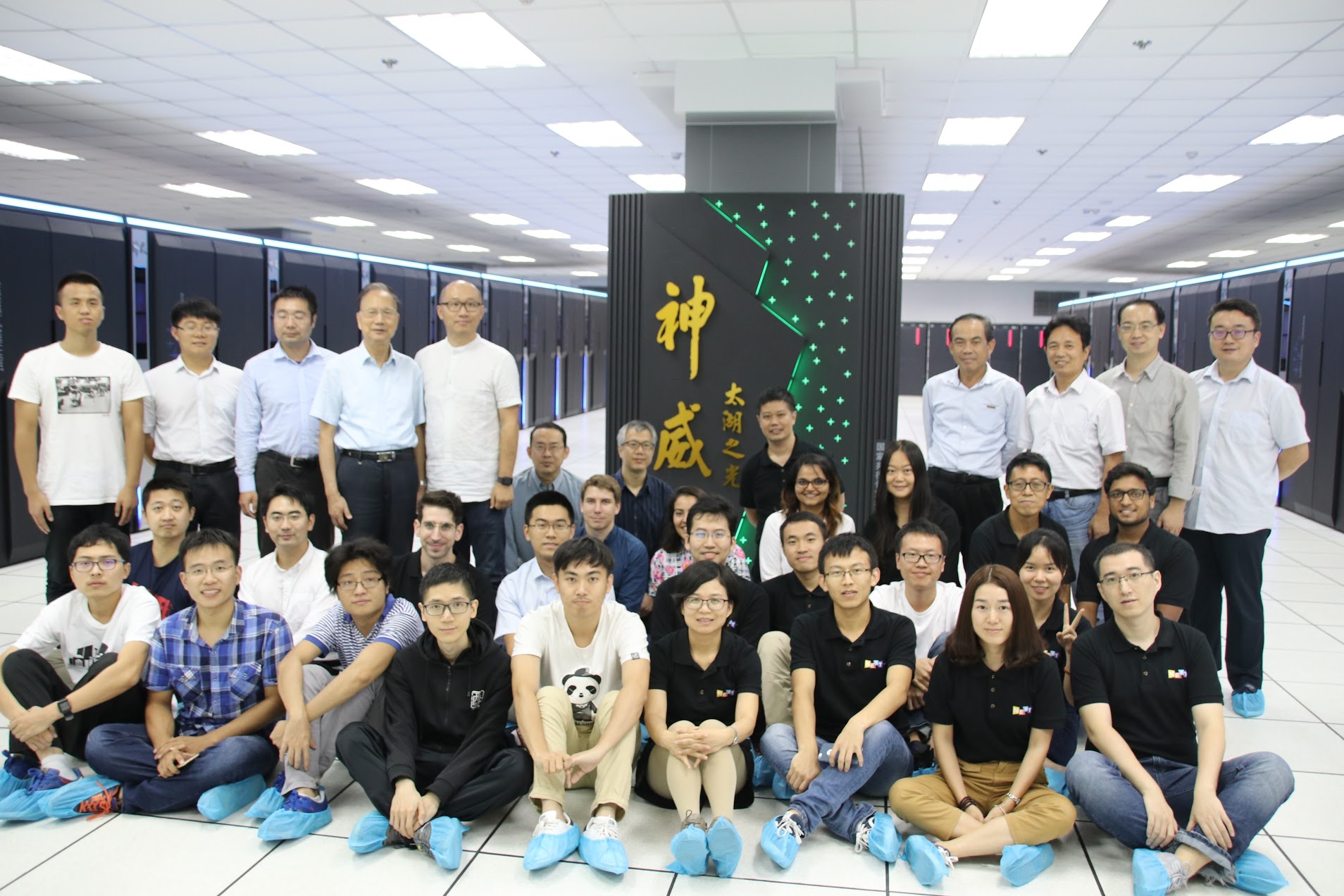
After a 12 hour flight from London to Shanghai, and a terrifying two hour taxi ride, we finally arrived in Wuxi. We were visiting Wuxi to attend the NEXT++ Workshop, a gathering of academics and students from around the globe to discuss “Artificial Intelligent Solutions to Information Rich Open Problems”. The title of the workshop didn’t give much away, and we awaited to find out what the objectives of us being there were.
Read moreTesting and code quality
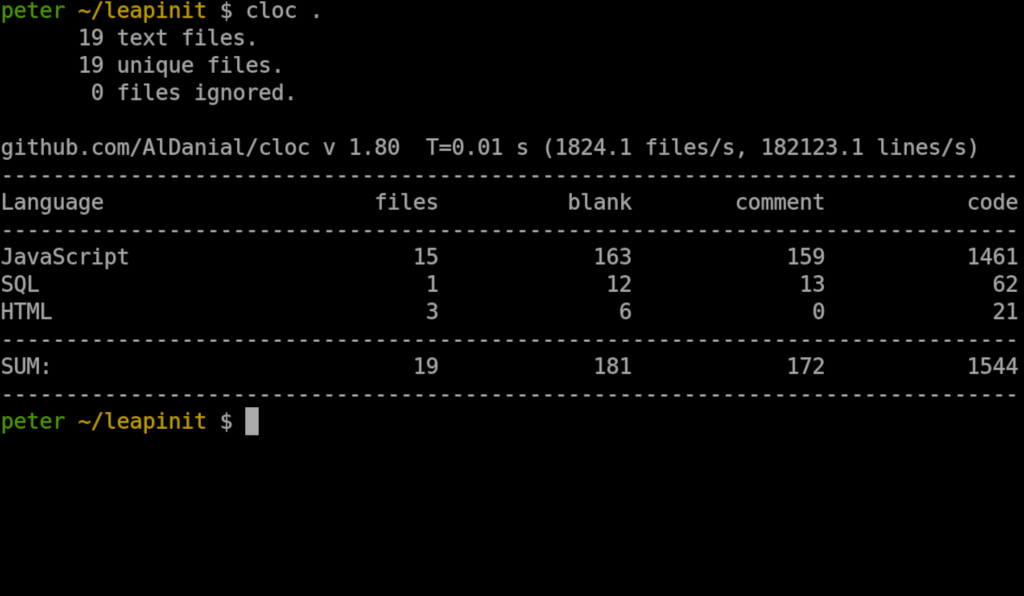
Throughout implementing LeapIn.it, our social network prototype, we've employed a number of testing and code quality methodologies to ensure that the product is of a high quality. This post discusses four methodologies we have used: regression testing, code modularity, code quality checking, and code metric monitoring.
Read moreDesign Patterns, Libraries and APIs

During our development of the LeapIn.it prototype, we have used a number of design patterns, libraries and API’s. This post will give an overview of the most crucial of these.
Read morePrototype 2: Barcode scanning
We have used Apache Cordove to produce a barcode scanner. In the following video, we’ll demonstrate how this will form part of LeapIn.it:
Read moreRevised mockups and the Honeycomb

After reviewing our prototype yesterday, we have decided to make some changes to the design. This post will show the revisions we have made to the original design mockups.
Read morePrototype 1: Mobile interface
We have developed an initiate web interface for LeapIn.it. This following video gives a demonstration of how this can be used to navigate rich media:
Read moreDevelopment environment
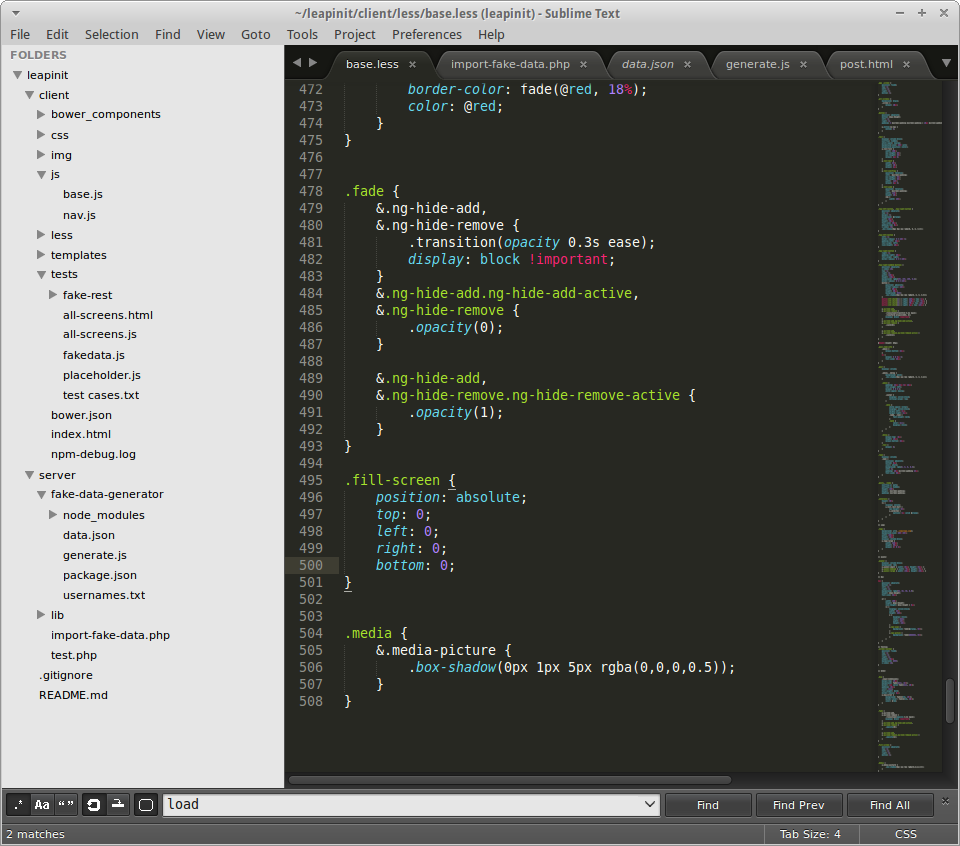
In planning how we would implement a LeapIn.it prototype, we agree that we should use similar development environments to prevent any mistakes or unforeseen incompatibilities. We agreed that we would use the following tools:
Read moreLinking similar rooms and room clustering

LeapIn.it will allow people to “leap in” to rooms based around niche interests simply by scanning barcodes (or QR-codes) that may be found on relevant material (such as books and posters). However, it is reasonable to expect that one subject may have multiple barcodes. For example, the DVD and Bluray releases of the film Inception may have different barcodes. In this case, there will be two rooms for the same topic.
Read moreArchitecture overview

This post will detail the basic components and architecture of the planned system.
Read moreClass and EER Diagram

The class diagram below illustrates the data structures which will be used on the client and server. These models will be made available over REST, which is discussed here.

Social Networks: Homophily and Heterophily
In designing our social network, we will consider how we intend to facilitate communication between individuals. One important consideration is: who will be communicating to who? This post will identify who people will interact with and why.
Read moreBranding

The name of our social network is LeapIn.it.
Read moreMockups
The following slideshow shows our current mockups for the LeapIn.it mobile app.
Read moreMobile devices

Mobile devices are becoming increasingly pervasive and, with high speed internet becoming more common in these devices, there is greater opportunity for rich media consumption in pervasive contexts. For these reasons, we have chosen to focus our social network on mobile devices.
Read moreA virtual world social network? A user perspective
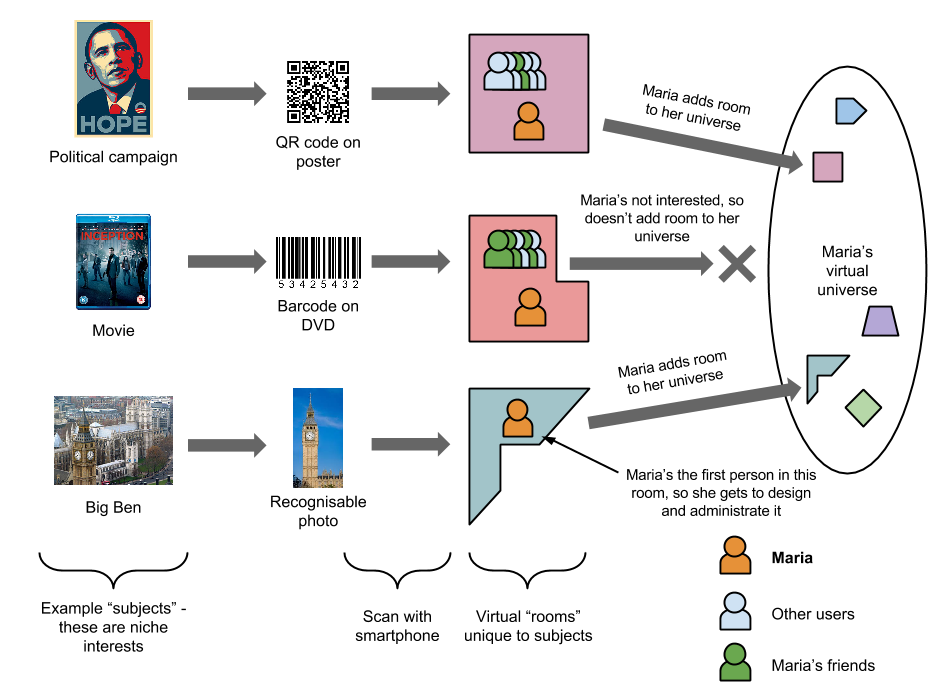
In the last post, we explained that we were making a major change to our idea, from gaming, to a virtual world social network. The virtual world would encourage people of similar interests, who may not know each other, to socialise. This post will offer a brief proposal of how this will work.
Read moreA virtual world social network?
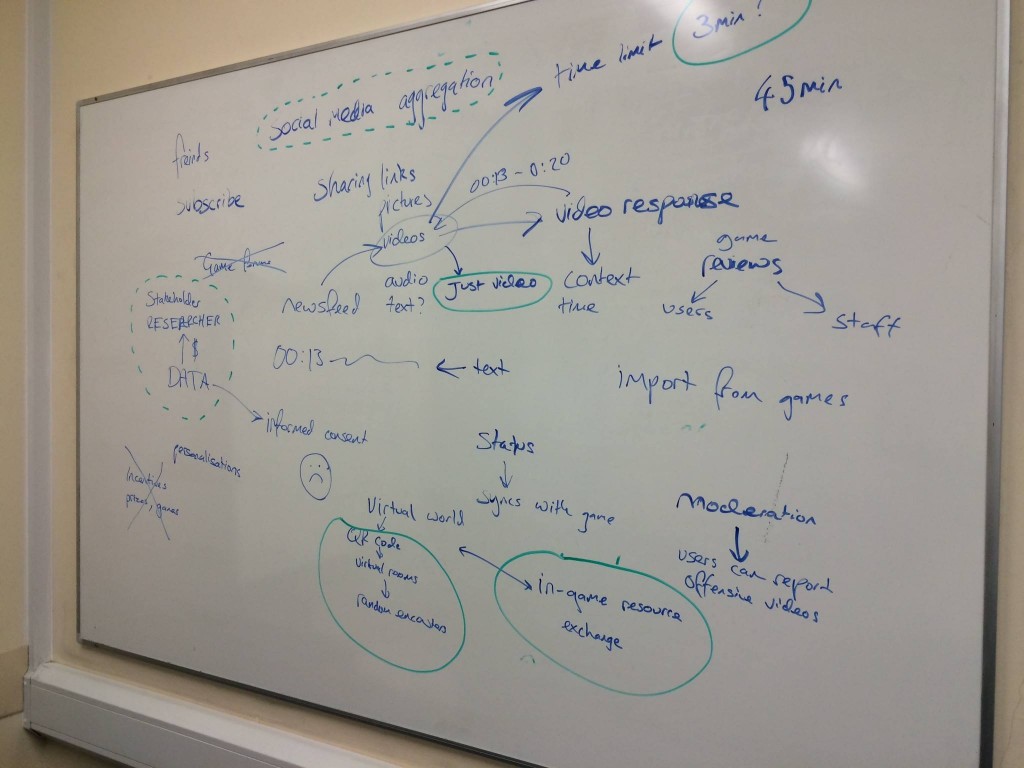
During the last few weeks, Team Orion have been pursuing the idea of a gaming social network. However, our analysis of existing social networks has revealed a large number of gaming social networks already available. The core team had a discussion today about the viability of GameX within this niche, and have decided that it has little unique experience to offer to gamers. Other networks are available for sharing gaming experience in the ways we proposed, and we could not think of any unique features we could add to this that would entice gamers from existing networks.
Read moreExisting systems: gaming social networks
In order to determine the viability of a gaming social network, we’ll discuss some existing social networks which are targeted at this audience. In this post we’ll focus on identifying what social networks exist for gamers and their features. In a later post, we’ll do case studies of a small selection of those to better understand how they are used.
Read moreA gaming experience social network? A user perspective
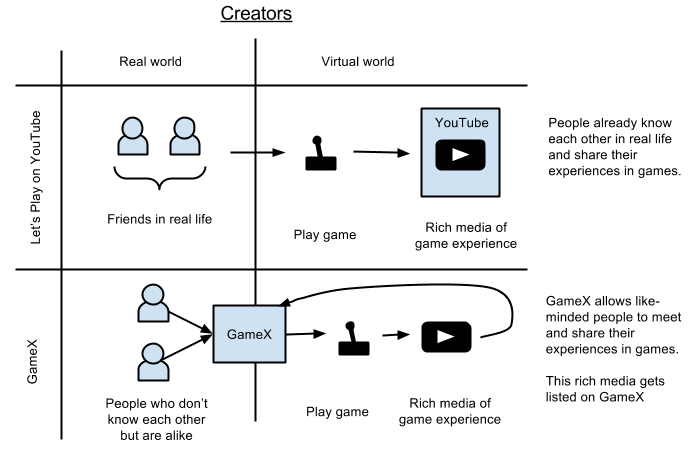
So far, we have narrowed our idea down to a social network for sharing in-game experiences. In planning this social network, we’ve found it helpful to consider how users interact with current rich media providers such that they can share their gaming experiences. In the examples below, we compare the user experience of YouTube with our proposed platform, GameX.
Read moreSoon, everyone will have a virtual personal assistant

Apple were optimistic when they claimed that the iPhone would become its owner's very own personal assistant. The iPhone, it was said, would simply understand your every command and help you out. It was all very impressive when it was demonstrated on stage. A guy asked his iPhone "Do I need a raincoat today? ", to which it responded: "it sure looks like rain today". But, as with most software demos, it soon transpired that it was scripted to only demonstrate the parts that work. Once it was in the public's hands, Siri struggled to understand basic questions, and was only capable of simple tasks.
Read moreWeb Doomsday: The Fall Of Great Power

In this post, I will look at how the web has power, and how a web doomsday call cause it to fall. In particular, I will consider how modern society is so affected by the web and how it drives our economy.
Read moreWeb Doomsday: The Loss Of A Luxury, Convenience And Basic Need
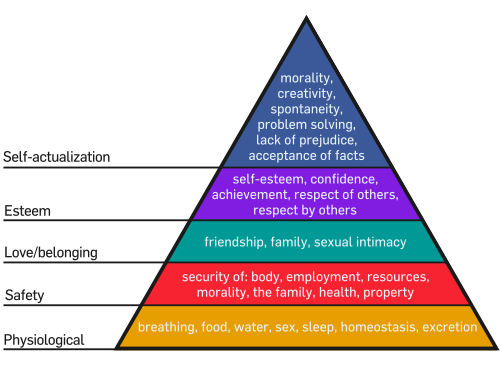
In this post, I’ll be looking at how losing access to the web could be analogous to losing access to other resources that we are dependant on. In this respect, I’ll be looking at the web in three categories: a luxury, a convenience and a basic need.
Read moreWeb Doomsday: Northeast Blackout Case Study

10 years ago, on 14th August 2003, a combination of minor faults on power infrastructure led to a huge power outage that left over 55 million people in North America without power for as long as four days. In this post, I will give an overview of how people reacted and the long-term impact of the event. In particular, I will consider how the loss of power is analogous to the loss of the web as a convenience, a luxury, and as a life-supporting mechanism. By making these connections, we should be able to get a better understanding of the anthropological and economic issues at hand, as these are very pertinent to how society has used both electricity and the web in human and economic development.
Read moreWeb Doomsday: How Realistic Is It?
Despite our modern-day dependency on services offered through the web, few of us have given thought into what the consequences to us would be if the web were to disappear. It might simply seem unlikely, and not worth planning for. However, there are many potential causes, intentional or not, for widespread loss of access to the web. I will outline some of these in this post and will argue that it is realistic and that we as a society should be prepared.
Read moreWeb Doomsday: What Will Happen if The Web Just Disappeared?
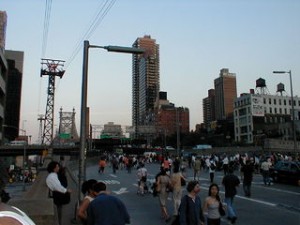
On an evening two weeks ago, a power-cut in Southampton plunged the city into darkness. As much of the city’s buildings lost power, people started wandering out onto the streets. Despite the power cut lasting no longer than 30 minutes, there was a faint air of panic as everyone was reminded of how much they have come to be dependent on electricity. I was one of them – living in a modern flat, no electricity means no lighting, no cooking facilities and no running water – the basic amenities of modern life.
Read moreWeb Science Perspective: Open Data
The World Wide Web is the largest information system that has ever existed in the history of humanity. Distributed across the world, the Web is used by over two billion individuals and contains vastly more information than all of the world’s libraries combined. As the Web grows, it is changing society. Humans are becoming more dependant on it, prompting a number of crucial questions into, for example, how it is affecting the global economy – many individual’s jobs depend on it – and how the Web should be governed – deciding areas of jurisdiction is not a simple task. Furthermore, with the recent surge of open data released by governments, there has become an urgent need for effective ways to convey government data to the public. There is a clear need for research in these areas to help answer these crucial questions.
Read more